The Internet of Things (IoT) is transforming the way businesses operate. With connected devices and sensors, companies can gather real-time data, optimize operations, and enhance customer experience. Research shows that implementing IoT can improve productivity, increase revenue, and cost savings. In this blog, we’ll explore the benefits of IoT in business and real-world examples. Join us as we delve into the world of IoT and discover how it’s happening in business.
The Basics of Internet of Things (IoT) in Business
IoT in business refers to using connected devices and sensors to gather and share data over the internet. IoT devices can range from simple sensors to complex machines and can be used to monitor and control various aspects of business operations. For example, sensors can monitor equipment performance and detect maintenance needs, while wearables can be used to track employee health and safety.
Advantages of Internet of Things in Business
The use of Internet of things in business world benefits businesses. IoT devices will help businesses to record and track important processes. It will also provide new insights that will assist businesses in making more informed decisions. The IoT is a key factor in achieving successful digital transformation in the enterprise. Not only that but there are many more benefits of Internet of things in business.
Enhancing Customer Experience
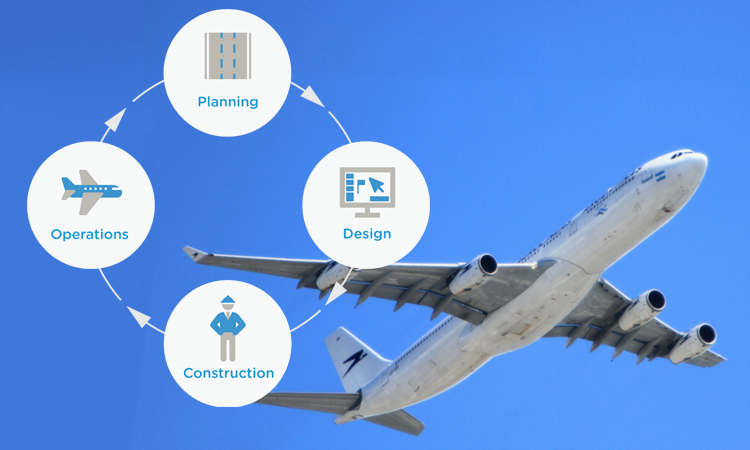
The Internet of Things can be described as a data machine. Its emergence has led more companies to change how they collect and analyze information. Company decision-makers must strive to learn and adapt to new forms of data intelligence. The amount and type of information that the IoT continues to generate have created new roles for some professionals. These professionals include data analysts and customer service professionals.
Mary J. Cronin, a professor at the Carroll School of Management at Boston College, once said in part. “Companies will be able to access the massive amounts of data generated by all these connected devices.” As the author of the book Smarter Services: Strategies for Embedded Control. He also said that analyzing this data helps companies better understand customers and trends. Companies need to start using IoT data as part of their planning. At the same time, companies to stay competitive and provide more innovative services and products.
Companies benefit from the continuous data flow and analytical potential of IoT devices. They can gain greater insight into business operations.
It benefits aviation, supply chain, healthcare, and many other industries. Companies can also use internet-enabled devices to learn about customers’ usage habits. By understanding customers, companies can provide better service. At the same time, companies will also improve their experience based on their customers’ usage habits.
Tracking Location Made Easy
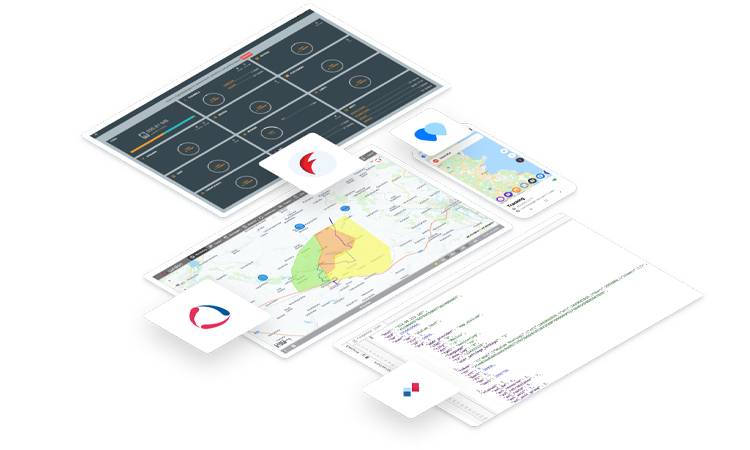
The Internet of Things is a great way to increase productivity and efficiency. It makes location tracking and location-based services seamless and more straightforward. A prime example is the use of IoT devices in hospitals. Devices that connect over the Internet are automatically geotagged. Companies can save time in finding items through the Internet. It also saves costs by reducing the rate of lost items.
Businesses can track all aspects of their business through Internet-connected devices and systems. Everything from managing inventory to receiving orders to fulfilling orders for delivery. Businesses can locate connected tools, factories, and vehicles in real-time via the Internet.
Get to Your Destination Faster
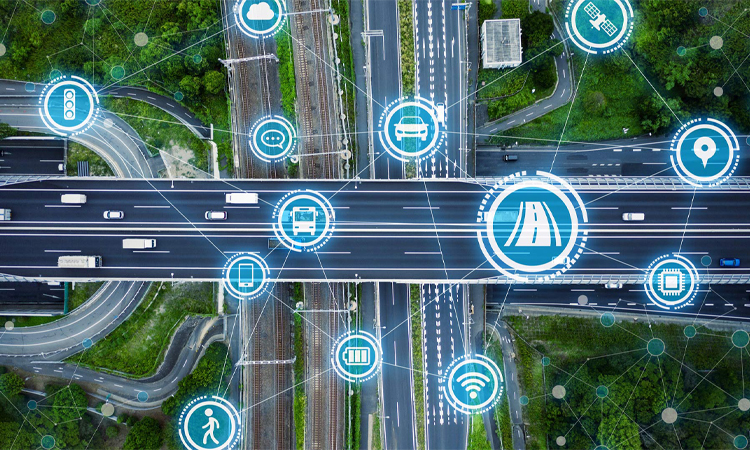
Another big thing internet of things in business is the daily commute. The interconnection of your car, the roads you travel on, and your mobile devices help you get to your designated destination faster. It can help you get to work faster or get something done in a given time.
Today, connected cars are everywhere and offer us even more surprises. Traditional vehicles are connected devices monitoring vehicle performance and managing computer systems. Some municipal buses and commercial fleets are also equipped with other IoT technologies. These technologies include connected systems for monitoring safety issues. Private cars and trucks are equipped with technology from insurance companies. These technologies collect and send telemetry data and verify driver driving habits. The information collected is also used in the insurance claims process. Still, other automakers integrate real-time traffic information, real-time diagnostics, and infotainment. It allows us to implement these interesting features in the same car.
The Internet of Things will integrate everything from the street to the stoplight in the future. You can imagine how great it would be to reduce or eliminate possible traffic jams by installing roadside sensors. Roadside sensors collect data to analyze traffic patterns around the city. At the same time, these data are also helpful for adjusting the operation of traffic lights. Less time waiting for traffic signals also means less time for employees to commute. At the same time, there will be a relative increase in employee job satisfaction.
Internet of Things in Business Makes Buildings Smarter
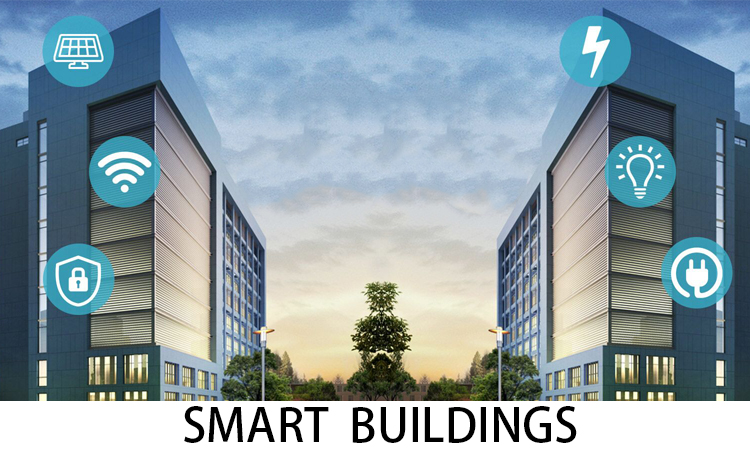
Businesses can leverage commercial IoT to optimize and automate building functions. More common – optimize air conditioning and lighting. Each part of these networked buildings has its unique system. It allows people to have a more personalized living or working experience.
The company is equipped with different smart devices according to the department’s needs. These smart devices give employees a good experience and save energy. For example, smart thermostats and smart humidity controllers will turn on when the ideal temperature needs to be reached. They will lower the temperature when the entire building or a room in the building is unoccupied.
The same concept applies to some automated facilities and campus lighting systems. Idle or unoccupied rooms do not generate unnecessary utility budgets. IoT devices can automatically dim or turn off lighting.
Businesses can also enhance the employee experience by leveraging the IoT in business: the
- Smart elevators to reduce employee wait times
- Smart parking to reduce the time spent looking for a parking space
- Smart meeting room, making meetings easier
Relevant articles: Quality Intelligent Building Management System
Improving Workplace Safety
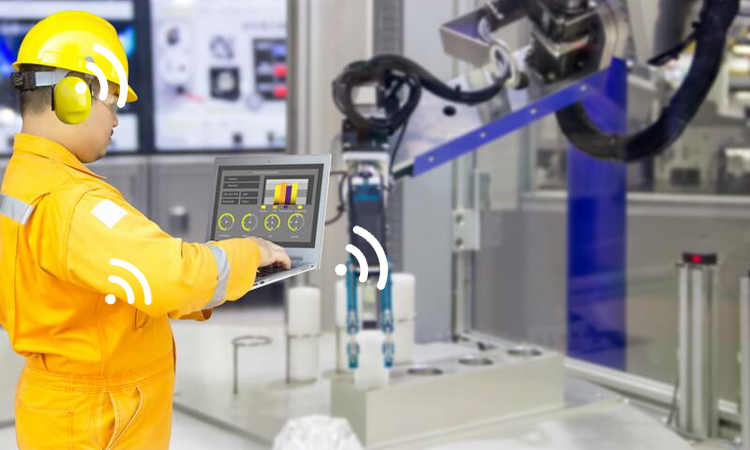
Using Internet of things in business can help promote workplace safety. Users can know about impending part failures through sensor-equipped assets. Employees can make repairs in advance to avoid accidents. Enterprises can also get employment authorization information through networking technology. It can also authorize employees or restrict their access to the facility. According to statistics, more than 4,000 people died from predictable events in 2007. Predictive maintenance and access control are, thus, critical to people.
But there is an obvious cybersecurity problem with access control. Initially, some companies thought the security of end-to-end data transmission was irrelevant. However, they soon discovered that this was wrong. It is because, on average, every data breach can potentially cause significant property damage to a company. It shows that we also need data transmission security to be secured. You can achieve data security by maintaining the IoT and IoT devices used.
The IoT in modern business environments supports automated security and wearable technology. Security systems automatically identify employees to open or close doors to high-risk areas. Even the permissions of machines can be authorized or restricted by security systems by identifying them.
Improving Insight
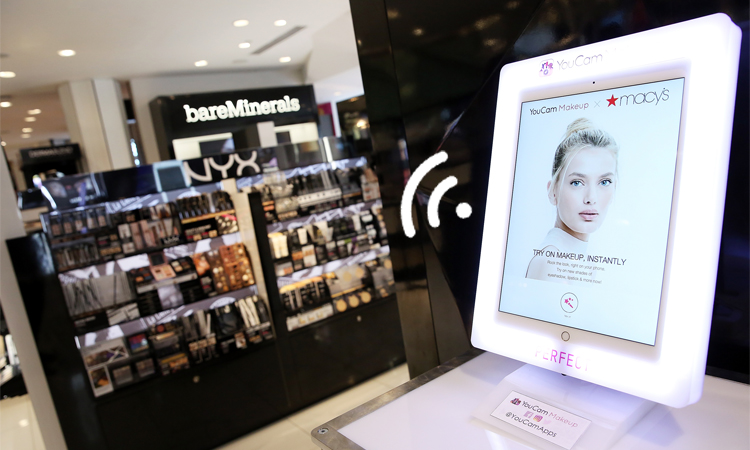
The use of IoT in retail provides high-value insights for businesses. Retail businesses and some commercial establishments can use sensors and location beacons. These location-based technologies can have unexpected effects on consumers. Geofencing provides personalized recommendations when customers show up close to the store. It will also bring customers information about discount offers. Location beacons will provide walking directions to the product the customer wants. It will help customers navigate to a specific location or building area.
The insights from these location and geo-fencing technologies have great potential. With the information gained through these technologies, businesses can make better decisions. Whether it is in the overall layout, inventory, or product promotion. Businesses can also obtain information on locations or stores that customers frequently visit.
Facilitate Real-Time Decision-Making
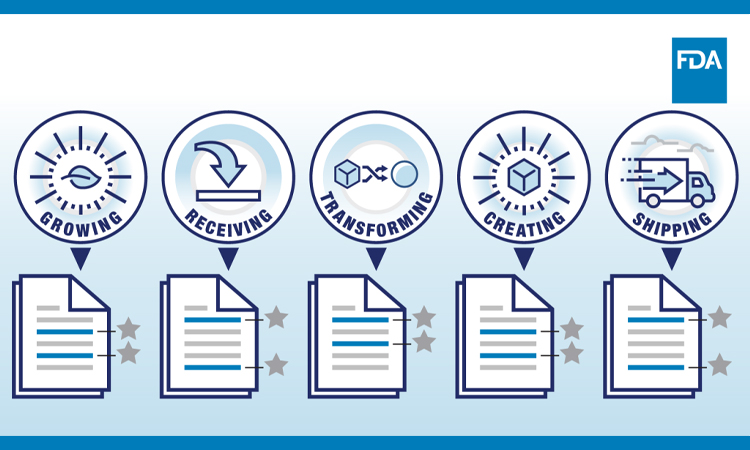
The FDA regulates companies that trade in perishable goods. This regulation indicates product temperature thresholds. It also details the maximum time the product may exceed the threshold. These perishable goods trading companies include brick-and-mortar retail stores. Even supply chain companies responsible for safe transportation need to adhere to regulations. People should not sell frozen food after a certain time and the temperature exceeds a certain value. Thus, companies need to control certain aspects of refrigeration time. Companies need wireless connectivity to track refrigerated trucks. It must detect vehicles for electrical problems and other events threatening their compliance. You also provide a sense of the risk to your customers.
The Internet of things in business enables real-time (and auditable) data tracking. It does this primarily through cloud connectivity and remote temperature detectors. This real-time monitoring data can help businesses make more timely decisions. It also helps businesses save money and is well-received by customers. According to studies, food recalls have reached a high rate in the U.S. alone, with a 92% recall rate between 2012 and 2017. Thus it is crucial to track the quality of products strictly. It helps to avoid recalls as well as shorten the response time.
Optimize Supply Chain Management
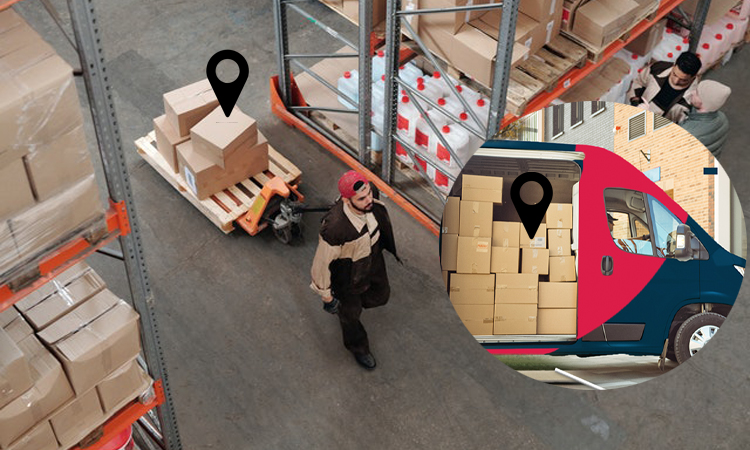
Advances in sensor and scanning technology have brought many benefits to businesses. Businesses can easily obtain various information about their products. You can get the exact location of a product in your warehouse with an RFID or NFC tag attached to the product. You can also use tags to track the ongoing records of products as they come off the assembly floor. These records include continuous tracking of vehicles and other devices (such as GPS). It can also greatly reduce the number of time employees spend sorting packages.
Passive RFID technology is a newer technology than bar codes and traditional Excel. Because of their use, there is almost no need for human intervention. Using passive RFID technology makes it easier for you to track products or assets. No matter which product, mode of transportation, and from where to where.
IoT technology can also track and manage delivery requirements. It can guarantee that products maintain a specified temperature throughout the shipping process. In turn, it ensures its quality and safety control. Second, back-end analytics also help IoT generate data. And it can use to identify improvements in the supply chain. For example, certain efficient routes or transit times.
Relevant articles:
- What is RFID Labels and What Does It Consist Of?
- What is Passive RFID Tags and What is It Used for?
- NFC Tag Stickers For Beginners
Predictive Maintenance

The company can use embedded machinery and equipment with sensors for predictive maintenance. It helps companies identify possible problems and bottlenecks in the manufacturing process. Companies can also use sensors to analyze machine data to provide predictive maintenance for machines. Companies also have the freedom to determine when to implement predictive maintenance. Employees can save unnecessary costs by performing maintenance on machines at specific times. It can also effectively reduce the number of time machines is idle.
A case in point is Caterpillar’s partnership with Uptake. Caterpillar is a piece of construction machinery and mining equipment manufacturer. And Uptake is an industrial artificial intelligence software company. The latter collect and analyze data together through networked machines. The data collected includes machine location, idle time, and machine usage. Reasonable failure prevention solutions are then provided. Caterpillar uses this solution to optimize equipment paths, downtime and maintenance. By applying this solution, Caterpillar has reduced operating costs and increased production.
Examples of Internet of Things in Business
IoT in business has a wide range of applications across different industries. Here are some real-world examples of how IoT is being used in business:
- IoT in Manufacturing
- Predictive maintenance uses sensors to detect potential problems, reducing downtime and maintenance costs.
- Process optimization uses sensors to monitor and control production efficiency.
- IoT in Healthcare
- Remote patient monitoring uses wearables and sensors to transmit data to healthcare providers, improving patient outcomes and reducing costs.
- Asset tracking and management reduce equipment loss and ensure critical equipment is always available.
- IoT in Retail
- Customer experience enhancement uses sensors and beacons to provide personalized recommendations and offers.
- Inventory management uses sensors and RFID tags to automate reordering processes and reduce waste.
- IoT in Transportation
- Fleet management uses sensors and telematics devices to optimize routes and improve fuel efficiency.
- Supply chain optimization uses sensors and trackers to monitor cargo and prevent loss or theft.
The Internet of Things in Business has the potential to transform operations and create new opportunities. By leveraging connected devices and data analytics, businesses can improve efficiency, reduce costs, and enhance customer experience. However, successful implementation requires careful planning, execution, and ongoing optimization. As IoT technology evolves, businesses embracing it will be better positioned to succeed in a rapidly changing landscape.
General Q&A about Internet of Things
-
What is the Internet of Things (IoT), and how does it apply to business?
The Internet of Things (IoT) refers to a network of physical devices, vehicles, home appliances, and other items embedded with sensors, software, and connectivity that can exchange data over the Internet. IoT can apply to business operations by connecting devices, processes, and people to improve productivity and efficiency.
-
What security risks are associated with IoT in business, and how can they be mitigated?
The security risks associated with using IoT in business include data breaches, cyberattacks, and device hijacking. These risks can be mitigated by implementing robust security measures like encryption, access controls, and monitoring.
-
How can IoT improve safety and compliance in the workplace?
IoT can improve safety and compliance in the workplace by monitoring environmental conditions. It can ensure employee safety and automate regulatory compliance.
-
What are some real-world examples of successful IoT implementations in business?
Some real-world examples of successful IoT implementations in business include GE’s Predix platform for industrial IoT, Amazon’s IoT services for smart homes, and IBM’s Watson IoT platform for predictive maintenance and quality control.
-
How does the Internet of Things affect business?
The Internet of Things can affect businesses in various ways, including improved efficiency and productivity, enhanced customer experience, cost savings, real-time insights, predictive maintenance, asset tracking and management, improved safety and compliance, and new business models.
-
Why is IoT important to businesses?
IoT is important to businesses as it enables them to gain insights into operations, optimize resource utilization, reduce costs, improve customer experience, and create new revenue streams.
-
How is IoT changing the business world?
IoT is changing the business world by enabling businesses to automate processes, optimize operations, and provide enhanced customer service. It also creates new business models and revenue streams and transforms traditional industries.
-
How does the Internet of Things benefit industries?
The Internet of Things benefits industries in various ways, such as optimizing supply chains and logistics, enhancing customer experience, improving safety and compliance, and creating new revenue streams.
-
How has the Internet positively impacted businesses?
The Internet has positively impacted businesses by enabling them to access global markets, reach customers more effectively, and streamline operations. It has also created new business models and revenue streams.







